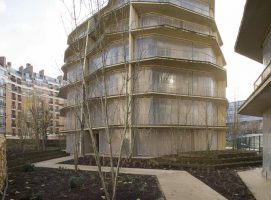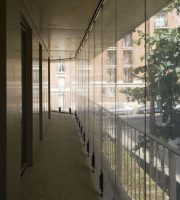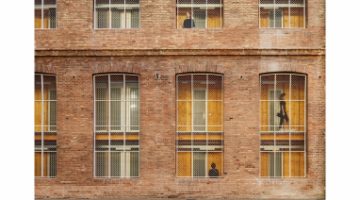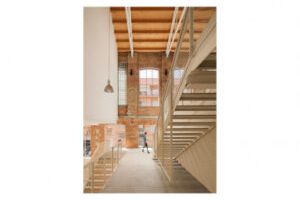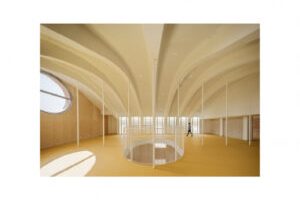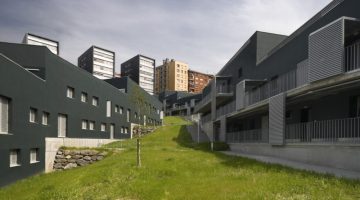
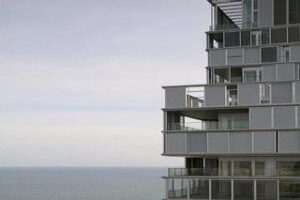

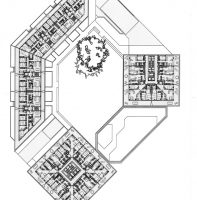
Housing in Trondheim Illa de la Llum
Main objectives of the project
The Illa de la Llum project is located at the intersection of Avinguda Garcia Faria and Selva de Mar, forming part of the Diagonal Mar operation. The site has limited space and follows a rigid urban plan. The towers maximize the available area, allowing for varied dimensions and layouts. The towers incorporate deliberate excavations and recesses to reduce excess height and create connections between neighboring towers. Inside the towers, strips define the corridors, utility spaces, and dwellings, offering flexibility in layout. Continuous terraces project outward from the habitable strip.
Date
- 2005: Construction
Stakeholders
- Architect: Clotet, Paricio i Assoc. S.L.
Location
City:
Country/Region: Barcelona, Spain
Description
The project consists of a set of dwellings standing on the intersection between Avinguda Garcia Faria and Selva de Mar, known as the Illa de la Llum (Island of Light), and forms part of the Diagonal Mar operation. The urban plan clearly defines a 32,940 m2 site available for construction to be shared among three buildings. Everything is very precise, with little leeway for manoeuvre, and responds to a highly debatable model that disregards links between facades and the street.
This project clearly rejects the compositional obsession with slenderness, as if it were an unquestionable compositional value. Indeed, the towers take maximum advantage of available ground area, thereby making it possible to build dwellings of different dimensions and distributions. They reach the compulsory height and the excess buildability that would result from all floors being identical is reduced and adjusted by means of deliberate excavations , recesses that increase as height is gained and which are conducted in areas that look northwards, zones without sea views or else at the points of greatest proximity between the towers.
In the towers and around each nucleus of stairs and lifts a series of strips have been defined that totally encompass the nucleus in the big tower and only three of its sides in the smaller one. The nearest is the access corridor to the dwellings. The next one, 50 cm wide, accommodates pillars and utilities. The broadest strip, 8 m wide, houses the dwellings, in which the total absence of fixed vertical elements makes a great variety of distributions possible. Another 50-cm strip once again accommodates utilities, structure and the walls that separate the habitable strip from the continuous terraces that project 3 m outwards.

